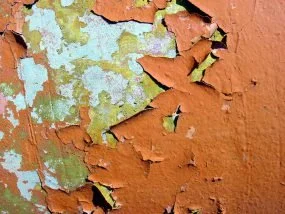Lead paint testing isn’t necessary for every homebuyer, but there are a few scenarios where it makes sense to have lead paint testing performed. Similar to asbestos, lead paint is only a health threat when it’s disturbed and inhaled or ingested. Lead is a toxic metal that was once commonly used in various household materials, particularly in paint. While lead-based paint has been banned for residential use in the United States since 1978, homes built before this date may still pose a risk of lead exposure.
Here are some situations where lead testing is advisable:
Renovation or Remodeling Plans:
If you're planning to renovate or remodel a home, particularly one built before 1978, it's essential to conduct a lead test before starting any work. Disturbing lead-based paint during renovations can release hazardous lead dust, posing health risks to you and your family.
Presence of Young Children or Pregnant Women:
Lead exposure is particularly harmful to young children and pregnant women. If you are considering a home purchase and have, or plan to have, young children or a pregnant family member, it's wise to conduct a lead test to ensure a safe living environment.
Peeling or Chipping Paint:
Visible signs of deteriorating paint, such as peeling or chipping, may indicate the presence of lead-based paint. A lead test can confirm the presence of lead and help you make informed decisions about necessary remediation measures.
Professional lead testing can provide instant and accurate results. If lead is detected, appropriate measures can be taken to address and mitigate the risks. Prioritize the health and safety of your family by considering a lead test in the right circumstances. Alpine Building Performance is now a licensed lead inspection and testing firm and can accomodate all of your lead testing needs.

